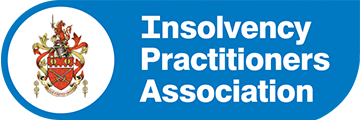People aged over 55 who have borrowed money at some stage in the past five years are becoming increasingly reliant on credit card debt.
Indeed, the proportion of debt users in that age bracket who have credit cards is believed to have increased from 37 per cent to 54 per cent between 2018 and 2019.
Figures compiled by the equity release company more2life suggest that credit cards are now the preferred form of debt, besides mortgages, among people aged 55 and over throughout the country.
More than a fifth (22 per cent) of over 55s are now understood to be in credit card arrears to some extent, with many people relying on credit card spending to cover their everyday expenses.
On a positive note, more2life found in its recent study that payday lenders and their generally very high levels of interest are being avoided almost entirely by generations of Brits aged 55 or over.
However, people in that age range are clearly feeling the financial pinch, with findings suggesting that the numbers in that bracket who have left bills unpaid has virtually doubled (from 8 per cent to 16 per cent) over the past 12 months.
Around 29 per cent of the respondents to more2life’s polls said that covering day to day expenses was the main reason why they’ve been borrowing money and why they’ve accumulated debts.
Significant numbers indicated that they use their credit cards to keep up with other debt demands, most commonly those of their mortgage lenders.
“As older generations enter retirement with lower pension pots but arguably more financial responsibilities than their predecessors, it is perhaps unsurprising to see that many are turning towards borrowing to help fund their later lives,” says Dave Harris, more2life chief executive.
“Whilst credit cards have become a normal part of many people’s financial management and some will be comfortable servicing this debt, this is not true for everyone.
“If you are unable to pay your bills and borrowing on credit to keep afloat then it is vital that you consider all your financial options as it is only likely to get worse.”






